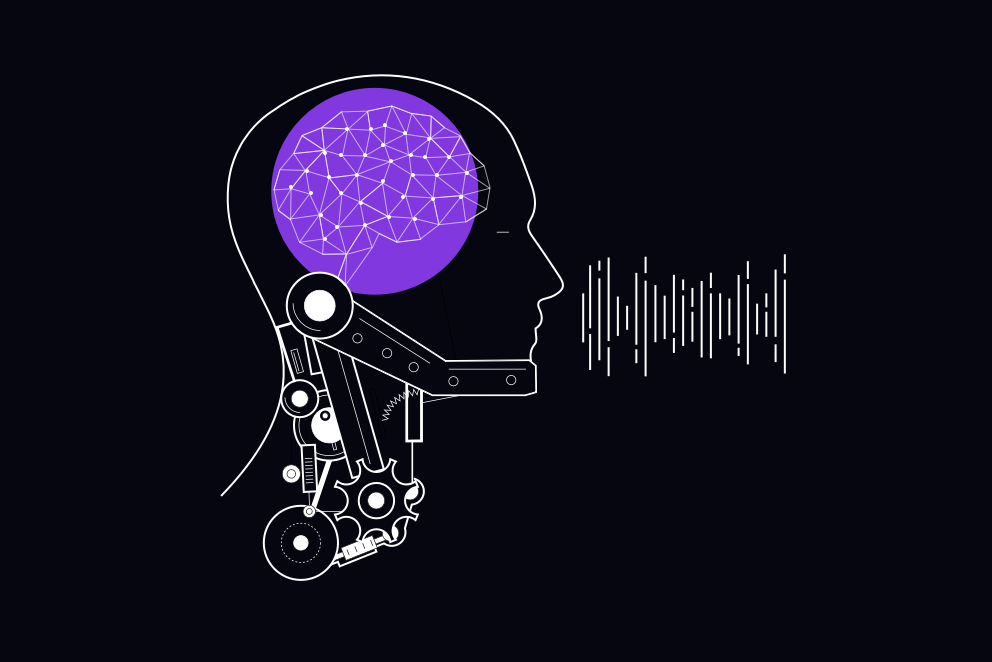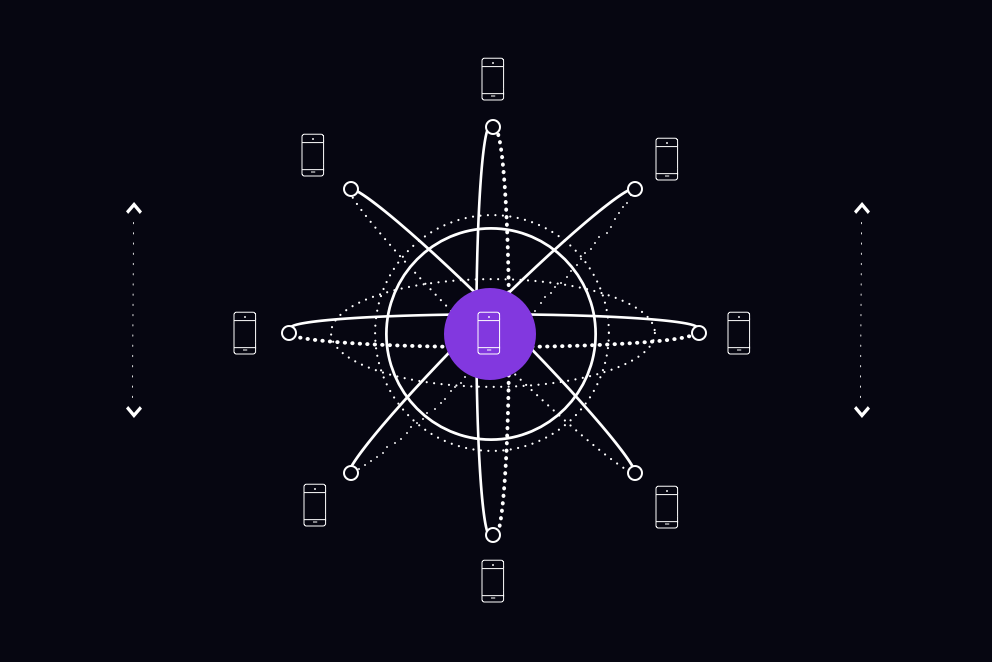‘Smart reports’ update in real time
Fundamental analysis already plays a pivotal role in the portfolios of many traders. It can be the basis on which they decide to open a position, or it can be the justification for closing one. In 2069, fundamental analysis is carried out by artificially intelligent assistants (AIAs) which can automatically and efficiently scan financial data to provide the basis for a trader’s decisions.
Traders can get customised reports in seconds
Most traders have their own AIA in 2069. AIAs are capable of providing detailed and personal reports in real time, and can assess any asset – for instance, showing how well individual shares, indices or even traders’ entire portfolios are likely to perform.
They do this by scanning financial data in real time, so any changes to a company’s directors, slumps in the performance of indices or predicted increase in the price of a commodity are made clear to traders instantly. This means that traders have to be fast in order to capitalise on any potential profits, as well as to close their positions to prevent any losses from accumulating.

Traders can talk to their AIA just like they would a colleague or friend, and the AIA will talk them through stock reports, forex trading examples, or companies that it believes are viable. AIAs can also show users how to trade cryptocurrency pairs at that point in time, based on the current levels of volatility, or recommend some indices for a trader to short, for example. The program is constantly scanning and cross-referencing news and announcements on a trader’s behalf, based on just a few simple commands.
Reports update themselves
The widespread use of big data has led to self-updating reports – for example, based on consumer trends and company spending. These ‘smart reports’ enable traders to see any information that could affect their portfolios instantly.
For example, in 2019, companies release sales figures periodically throughout the year. In 2069 however, this data is available in real time because all sales are recorded on the blockchain, which makes transaction information instantly available. This means that traders can see what one company has bought from another or how many supplies a manufacturing company has bought, compared to how many of a finished product it has sold, for instance. AIAs can factor all of this into the analysis that they provide to traders.
While mostly used for company reports and stocks, smart reports can also be used to provide a trader with information about other markets – for example, highlighting the benefits of trading forex, commodities or indices at a particular moment in time.

Fundamentals are seamlessly integrated with technical analysis
Technical indicators have become advanced enough to factor fundamental analysis into their predictions. For instance, AIAs can set up technical indicators and adjust these depending on the information it highlights during its fundamental analysis of company reports.
This enables traders to take full advantage of price movements and provides greater clarity to their trades, because technical analysis can factor in fundamental analysis to confirm any predictions about possible breakouts.
Could this really happen?
With time travel known to disrupt the space-time continuum, our experts look at how likely it is that these events will come to pass…
The view from 2019
Several banks across the world have their own AI chatbots, including the Commonwealth Bank of Australia (CBA) and Swedbank. CBA’s ‘Ceba’ is capable of performing 200 tasks for their customers and its creators hope that this figure will rise to 500 by the end of 2019. Equally, Swedbank’s ‘Nina’ answers customers’ questions online which has saved the bank time and money. While these machines are not capable of learning or thinking for themselves, they are a step towards more sophisticated artificially intelligent assistants.
Other examples of what some might currently call ‘artificially intelligent assistants’ are Apple’s Siri or Amazon’s Alexa, as well as the predictive capabilities of Tesla cars. However, some computer scientists state that these systems are not truly artificially intelligent as they do not possess the ability to think for themselves or to learn independently from human control and interaction.
Having said this, Amazon’s Alexa has an additional feature called ‘Alexa Hunches’, which is capable of detecting behavioural patterns and can send prompts to its users if they forget to switch the television off before bed, or if they leave a light on before going to work in the morning. The Hunches feature is capable of learning, and its performance improves over time because it learns from its users’ habits.
Given these recent developments and the current rate of technological change, artificially intelligent assistants will likely be capable of completing many of the tasks highlighted in this article by 2069 – for example, assessing the relative risks and benefits of cryptocurrency trading at a point in time.


